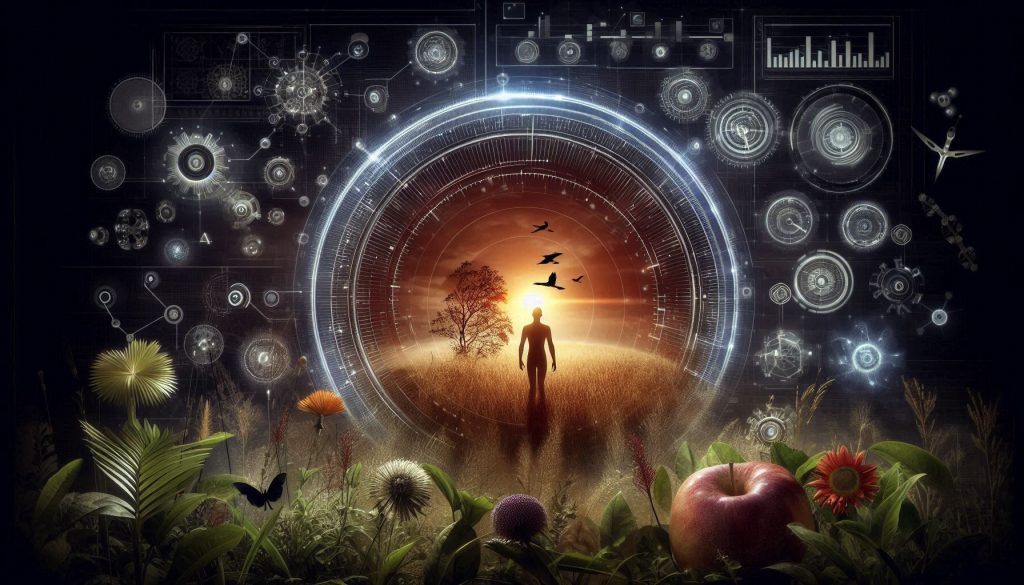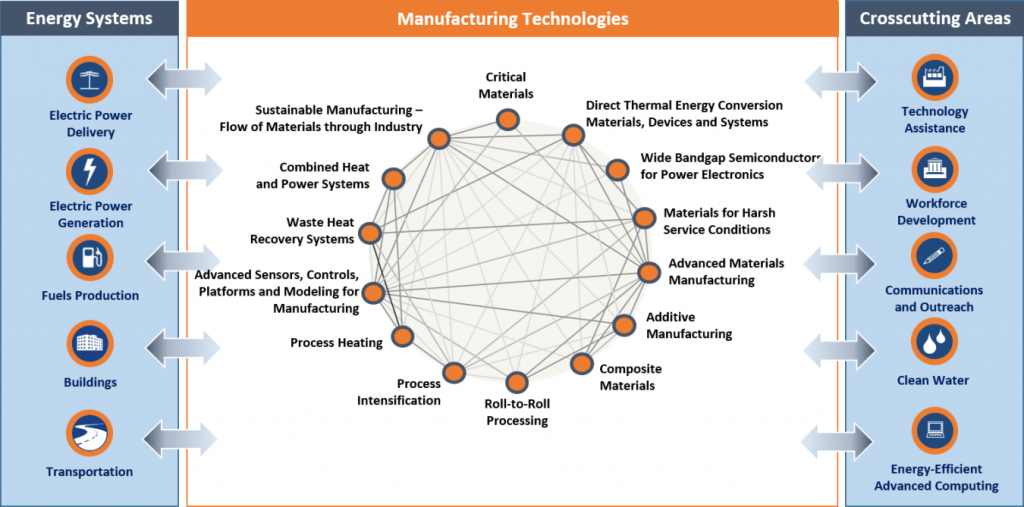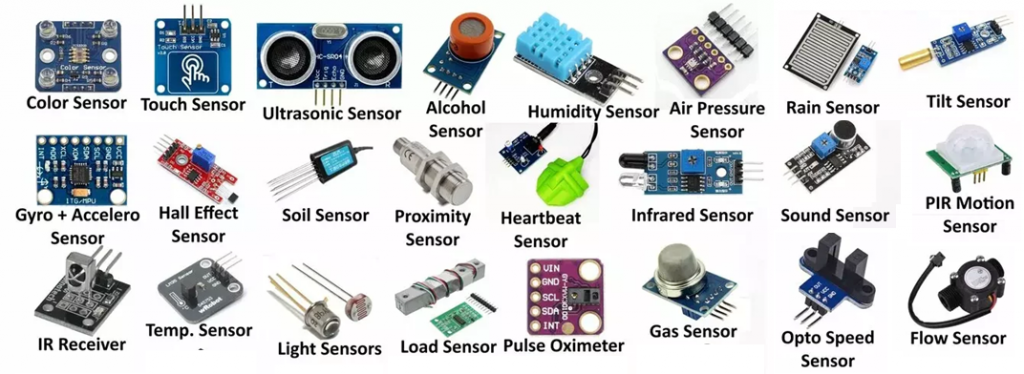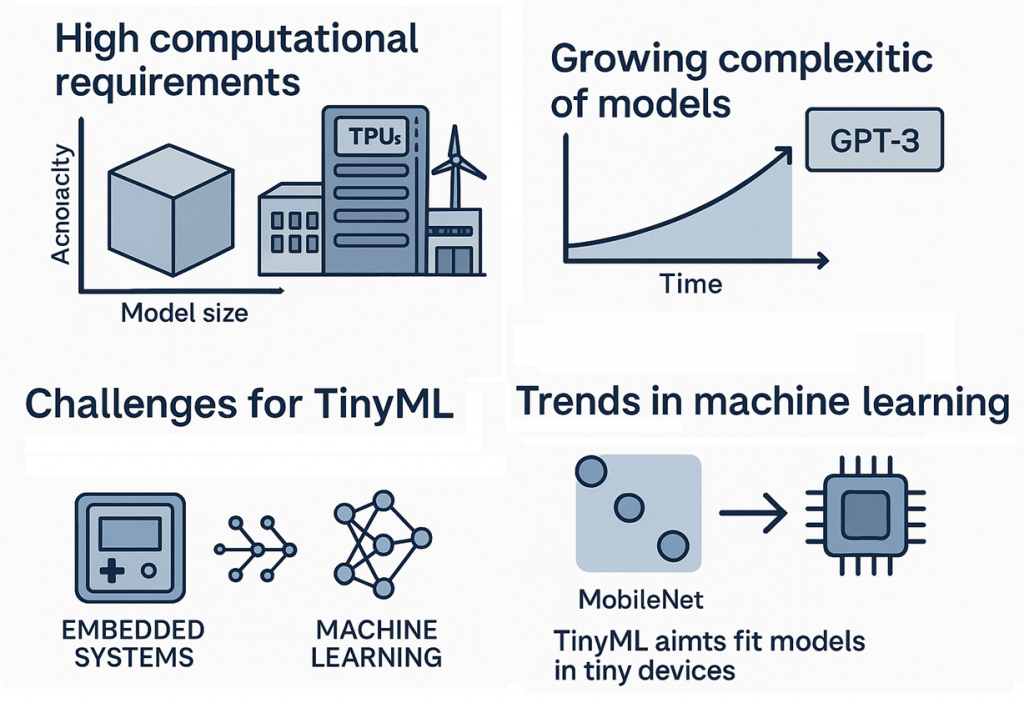
In the world of data:
Sensors, Tiny ML, Agents and Systems
Advancements in materials technology have led to the miniaturization of sensors and processing elements, while also driving down costs. This progress enables a wide range of applications with the potential to revolutionize every sector of production, from agriculture to biomedical sciences.

Sensing and Transduction
Sensing and transduction are foundational processes in embedded systems that enable interaction with the physical world.


Tiny Machine Learning
Less than one percent of the data collected by mobile devices and sensors is being used on current artificial intelligence models, which use large computing models fitted by servers.
All other data, extracted by microcontrollers that control and transduce signals from sensors, can be used in the future to expand further the accuracy of LLMs
TinyML focuses on fitting ML into extremely resource-constrained environments.
The future of machine learning is tiny and bright.

Computing Bifurcation: Microprocessors vs Microcontrollers
Microprocessors have specialized into GPU and CPU units which are mostly used to build powerful gaming desktops and servers. Smaller processing units with reduced memory, low latency and small energy requirements are commonly used to target discrete computing with very targeted applications.

Microcontrollers are tiny, ubiquitous, and constrained—but with clever design, TinyML can be deployed successfully within their limits.
Tiny Machine Learning progress
The field has evolved from large models like AlexNet and VGGNet to more efficient ones like MobileNet. Despite these advances, a significant gap remains between current ML model sizes and the memory limits of embedded devices
Example: Landrover in mars
Radio signals, including telemetry data, take between 3 and 22 minutes to travel from Earth to Mars, depending on the planets’ positions in their orbits. When considering tasks like cave exploration by a land rover or helicopter-like device, it becomes evident that such machines must be equipped with their own artificial intelligence systems, as relying on user commands for every decision is impractical due to the communication delay.

Agents
In Artificial Intelligence (AI), an agent is any entity that can perceive its environment through sensors and act upon that environment through actuators to achieve specific goals. In simple terms, an agent senses, thinks, and acts.
Types of Agents
- Simple Reflex Agents: React directly to stimuli (e.g., a thermostat).
- Model-based Agents: Maintain an internal state to make better decisions.
- Goal-based Agents: Take actions that move them closer to a defined goal.
- Utility-based Agents: Maximize a utility function (measure of “happiness”).
- Learning Agents: Improve their performance over time based on experience.
Why Agents Are Important in AI
- Autonomy: Agents can operate independently without human intervention.
- Adaptability: Learning agents improve performance over time, which is vital in dynamic environments.
- Scalability: Agent-based systems can be distributed and work cooperatively or competitively.
- Real-world Interaction: Agents are used in robotics, virtual assistants, and self-driving cars—applications where real-time sensing and acting are critical.
- Foundation of AI Systems: Many AI systems are built around agent-based models, especially in fields like reinforcement learning, robotics, and multi-agent systems.
Example in Action
A self-driving car is a complex, goal-based and utility-based AI agent. It operates as follows:
1. Perception (Sensors)
- Uses cameras, LiDAR, radar, and GPS to perceive its environment.
- Detects lanes, obstacles, pedestrians, traffic signs, and other vehicles.
2. Decision-Making (Intelligence)
- Determines the safest and most efficient route to a destination.
- Decides when to accelerate, brake, turn, or stop based on traffic rules and dynamic conditions.
3. Action (Actuators)
- Sends commands to steering, throttle, and braking systems to control the car.
4. Learning (Optional)
Through machine learning, the car can improve its performance over time (e.g., better handling of complex intersections).

Intelligent Systems
Intelligent systems are computational systems capable of perceiving their environment, processing data, making decisions, and taking actions—often with minimal human intervention. These systems integrate hardware (such as sensors and actuators) with software algorithms, including artificial intelligence (AI) and machine learning (ML), to enable adaptive behavior and autonomous operation. In the context of TinyML, intelligent systems operate under strict resource constraints—limited power, memory, and processing capability—yet still deliver real-time insights and responses. Applications range from smart home devices and wearable health monitors to predictive maintenance in industrial settings, where intelligent systems learn from data and improve performance over time, enhancing efficiency, safety, and user experience.
